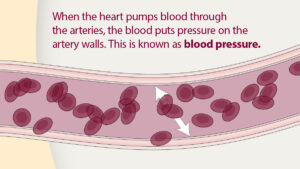Classification of cancer
- Tumors can be classified by
- Anatomic site
- Histology
- Grading severity
- Extent of disease
- Staging
- Classification systems provide a standardized way to
- Communicate with health care team
- Prepare and evaluate treatment plan
- Determine prognosis
- Compare groups statistically
- Anatomic site classification
- Identified by tissue of origin
- Carcinomas originate from
- Embryonal ectoderm (skin, glands)
- Endoderm (mucous membrane of respiratory tract, GI and GU tracts)
- Sarcomas originate from
- Embryonal mesoderm (connective tissue, muscle, bone, and fat)
- Lymphomas and leukemias originate from
- Hematopoietic system
- Four grades of abnormal cells
- Grade I
- Tumor limited to tissue of origin; localized tumor growth
- Grade II
- Limited local spread
- Grade III
- Extensive local and regional spread
- Grade IV
- Cells are immature and primitive and undifferentiated
- Cell of origin is difficult to determine
- Metastasis
- Grade I
- TNM classification system
- Anatomic extent of disease is based on 3 parameters:
- Tumor size and invasiveness (T)
- Spread to lymph nodes (N)
- Metastasis (M)
- Anatomic extent of disease is based on 3 parameters:
- Staging
- Performed initially and at several evaluation points
- Clinical staging
- Done at completion of diagnostic workup to guide effective treatment selection
- Bone and liver scans, ultrasonography, CT, MRI, PET scans
- Done at completion of diagnostic workup to guide effective treatment selection
- Surgical staging
- Determined by surgical excision, exploration, and/or lymph node sampling
- Exploratory surgical staging is being used less frequently
- Clinical staging
- Performed initially and at several evaluation points




